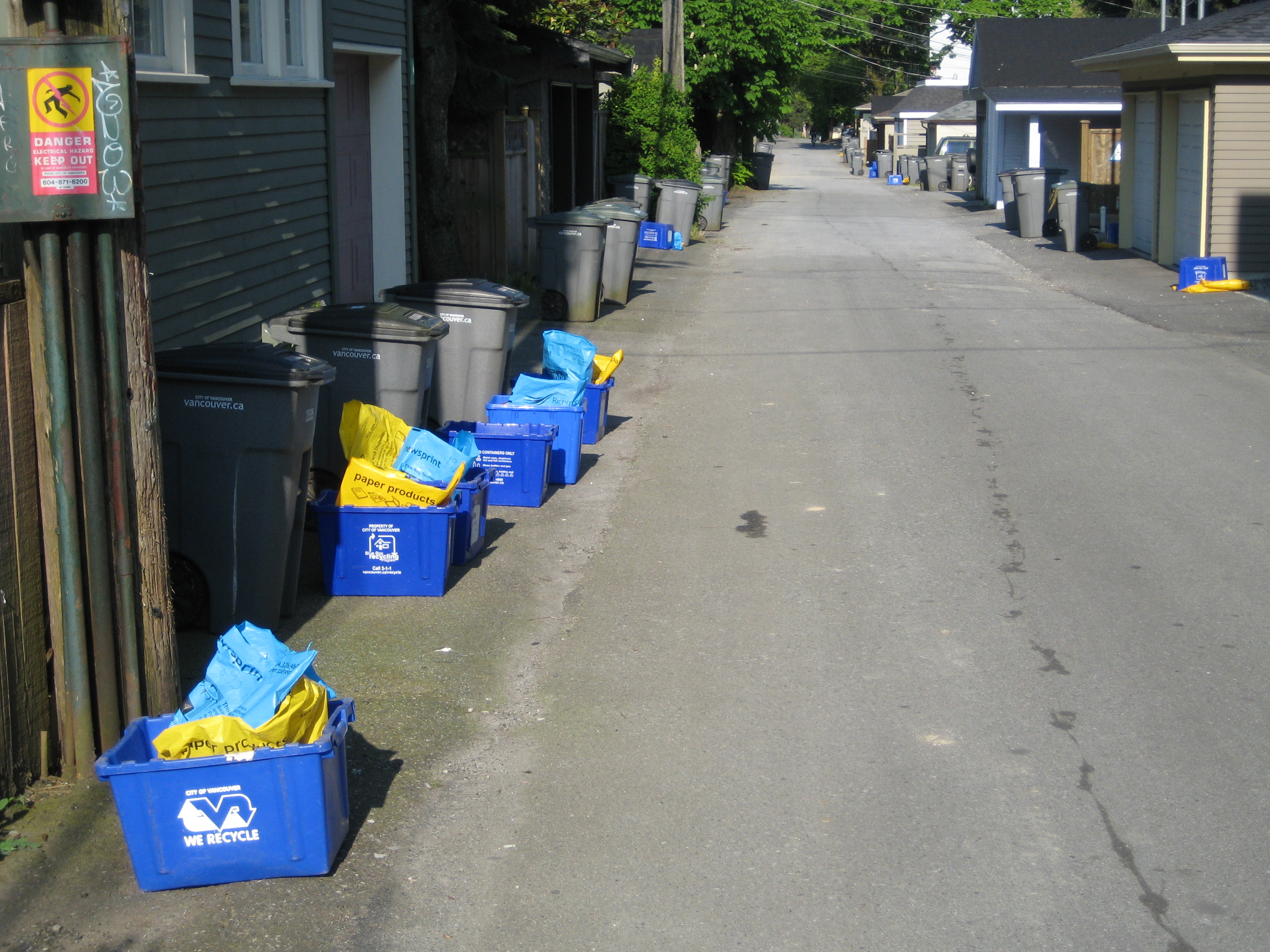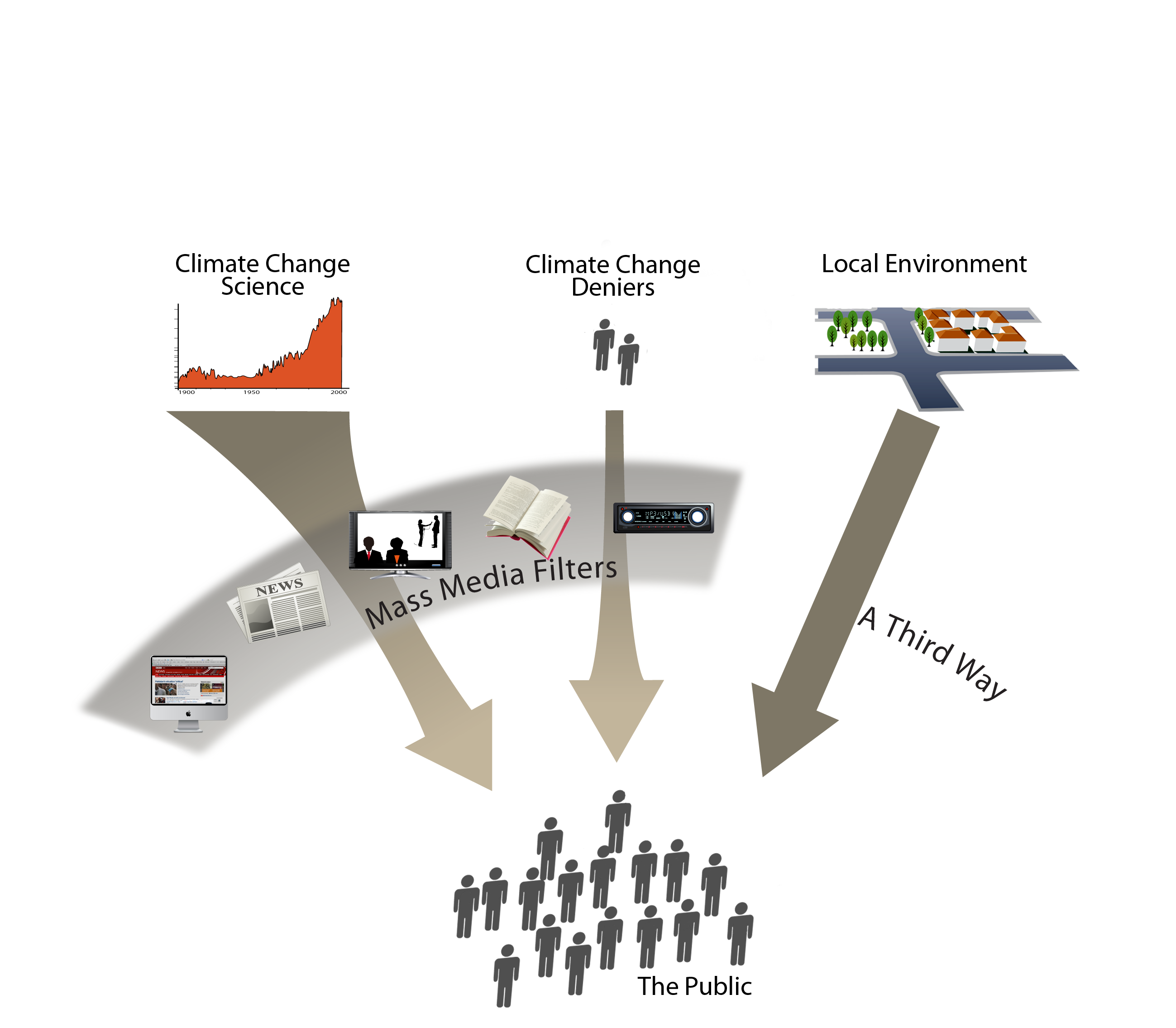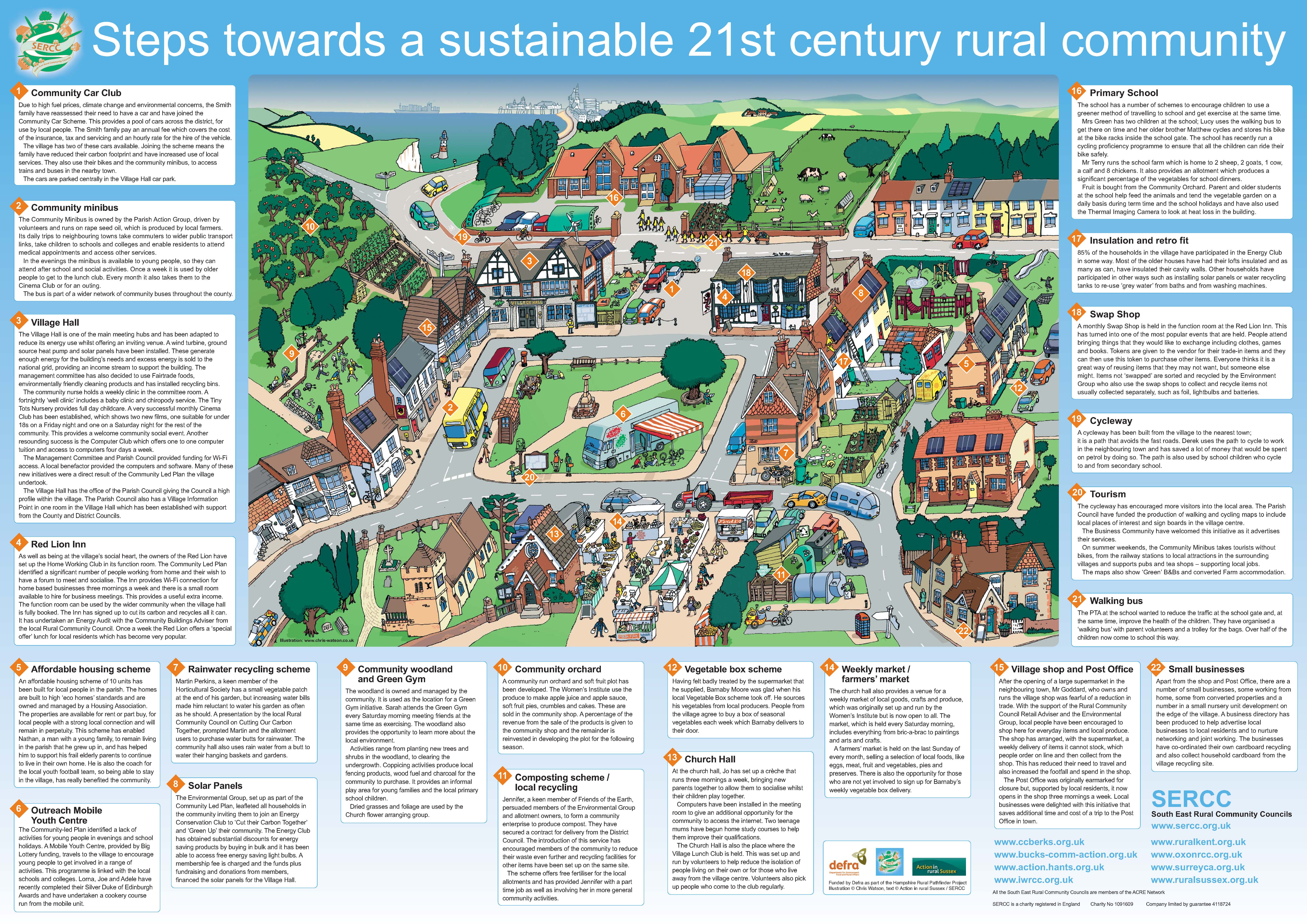After last week’s post, we can understand that the way you see the landscape around you can directly impact your climate change literacy and action.
It might be surprising to think that different people can see the physical landscape in different ways – but your perception and understanding of what is around you will unquestionably vary, quite significantly, according to what you are looking for.
The video below exemplifies this principle, known as selective awareness.
Selective awareness can be shaped in a number of different ways.
In the case of the video, different colors and a fast sequence of movements kept you from noticing other things that appear on the screen.
In the case of climate change, selective awareness is composed of a myriad of factors – too many to name or to count. We want to focus on selective awareness that comes from, well, unawareness – not knowing or understanding the meaning of what you see, in terms of climate change and sustainability – and encourage you to take a look at the landscape around you with different eyes.
Information about climate change is, for the most part, delivered to us by the mass media. Newspapers, magazines, websites, encyclopedias, radio shows – these are are filters for the information that is fed by climate change scientists and climate change deniers.
The local landscape is often ignored by the observer as a source of information on climate change. This channel is a powerful one – you observe the landscape with your own eyes and intellect, and therefore this source of information is less susceptible to exterior filters, allowing the observer to independently comprehend the information at hand.
By being able to read the landscape with climate change lens, our hope is that you would recognize the local face of climate change.
What should you be looking for, then? How can you tell if your local landscape is one of sustainability or one of high carbon emissions?
Let’s start with a picture.

Blue bins are a signifier in a climate change landscape. What do they mean to you?
Photo: S. Sheppard
The images shows a laneway where bins have been left for trash collection.
If we go one step further and interpret this image, we can note that the blue bins on the ground are recycling bins, which demonstrates a community-wide care for recycling, waste reduction and sustainability.
What other indicators of sustainability and climate change action are there on your local landscape?
This poster, prepared by South East Rural Community Councils, illustrates the physical elements that can be found in a more sustainable and climate-friendly community.
How many can you spot looking out the window?
Share your thoughts, comments and ideas with us @visualizingcc

